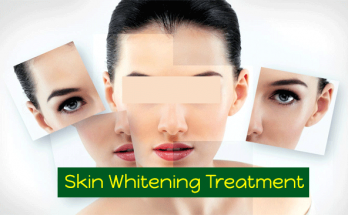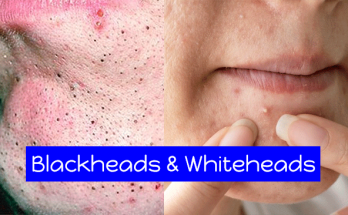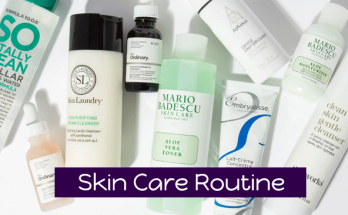Our skin color depends on our genetics and exposure to the sun’s UV rays mostly. The skin’s color comes from a pigment known as “Melanin” which is produced by specialized cells called “Melanocytes”. Melanocytes are found in the basal layer of the skin’s epidermis. Melanin is produced by a process called “Melanogenesis”. Darker-skinned individuals possess more melanin compared to lighter-skinned people. Melanin has a protective feature against the sun’s ultraviolet rays as well.
Mainly, genetics are responsible for providing your skin, hair, and eyes their color. The more melanin, the darker the color. However, skin color can be quite uneven, from person to person. Your soles and palms are lighter compared to other parts of your body. Such variation is noticed in a single part of the body as well, such as the face. Some parts of an individual’s face may be hyperpigmented while others may be lighter.
Hyperpigmentation could be due to excessive sun exposure or as a result of an underlying pigmentation disorder. Mild hyperpigmentation can be ignored and poses no trouble for people but if there are uneven hyperpigmented areas on a person’s body, especially on the face or hands, people tend to become quite conscious of themselves.
Age Spots and Skin Hyperpigmentation Causes
There are various causes of hyperpigmentation. These include:
- Genetic Predisposition
- Ageing / Age Spots
- Excessive exposure to the sun’s UV rays
- Hormonal Imbalance
- Skin Allergies
- Use of unsuitable and frequent beauty products/creams/ointments, etc.
- Skin injuries
- Lack in Vitamin B12
- Post-inflammatory hyperpigmentation
- Use of certain drugs such as ACTH analogs, progestogens, estrogens, psoralens, busulfan, arsenic, anti-depressants, etc.
- Underlying medical conditions – melasma, lichen planus, pellagra, Addison’s disease, etc.
- Certain skin tumors – Acanthosis Nigricans, melanoma, etc.
Treatment:
The first and foremost step is to consult a dermatologist regarding any unusual patch of hyperpigmentation you may come across. The majority of the skin pigmentation you develop is harmless and goes away quite easily, either on its own or with the help of an ointment prescribed by the doctor. However, there is always a minute chance of it being something more serious. Hence, it is advised to consult a dermatologist, just to be on the safe side.
Read Also: Blackheads & Whiteheads Causes, Symptoms and Treatment with Home Remedies
Your dermatologist may give you topical creams to apply to your hyperpigmentation lesion, which may contain ingredients like retinoids, corticosteroids, Vitamin-C, Azelaic Acid, Hydroquinone, etc. If you require extensive treatments that require cosmetic procedures, you will be given options like:
- Laser Therapy
- Dermabrasion
- Microdermabrasion
- Chemical Peels
- IPL Therapy
Some home remedies are commonly used to treat hyperpigmentation at home. These include:
Aloe Vera: Aloe Vera is a powerful herbal agent available quite easily. It contains Aloesin, which is known to lighten hyperpigmentation by inhibiting melanin production.
Green Tea Extracts: Green tea extracts have been found to be useful in lightening hyperpigmented spots due to its innumerable antioxidant and anti-inflammatory properties.
Licorice: Licorice extracts are also found useful for lightening dark skin spots due to a compound called Glabridin, which is also a potent antioxidant and anti-inflammatory agent.
PREVENTION:
Hyperpigmentation can be prevented by protecting yourself from the sun’s harmful UV rays. You can do this by investing in a strong sunblock with a good SPF. Apply it daily for maximum benefits. Another way to prevent hyperpigmentation is by avoiding picking at acne, pimples, scars or any marks on your skin as this can aggravate them and fester infection. Precious skin such as your face is more sensitive, so it is best to avoid touching it frequently.




